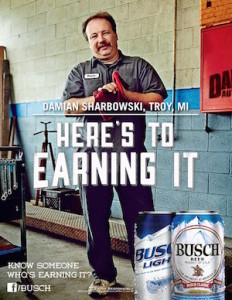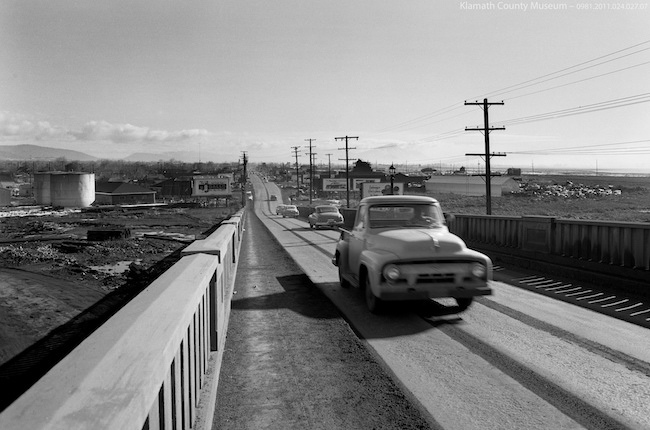I’ve been on the road a lot lately. Great memories were made by taking to the road on thousands of miles of highways and byways – traversing metropolitan cities, rural stretches, quaint villages, and international borders. And, just like it was 25 years ago when my family drove thousands of miles coast to coast, billboard advertising is still very much alive in 2017. When you’re driving for hours on end, roadside attractions and billboards offer a fleeting break to the monotony – and it’s so interesting to observe the varying messages and designs, which are markedly different everywhere you go. The fascinating thing about roadside billboard advertising is that you have to be as concise as possible – the impression doesn’t last more than a few seconds.
 Passing through slums, the billboards offer a petty escape from debt with Cash for Gold, Title Loan, and Payday Loan advertisements. In the heart of metropolitan cities, we’re welcomed by polished luxurious imagery promoting luxury Swiss watches, Jaguar sedans, and the best plastic surgery money can buy. Amid long stretches of road running through small towns and rural land, some ads urge women to reconsider abortion in favor of conservative values, while others promote Jesus and Cracker Barrel. These advertisers know their audiences. When I was driving through a working class industrial town (home to a paper mill and lumber yards) in Pennsylvania, I was thoroughly impressed to see a Busch Beer ad that simply read: “Here’s to Earning It.” Damn right — you work hard, get home and crack open a cold one because you earned it. Marshal McLuhan’s “the medium is the message” hits home here in so many ways.
Passing through slums, the billboards offer a petty escape from debt with Cash for Gold, Title Loan, and Payday Loan advertisements. In the heart of metropolitan cities, we’re welcomed by polished luxurious imagery promoting luxury Swiss watches, Jaguar sedans, and the best plastic surgery money can buy. Amid long stretches of road running through small towns and rural land, some ads urge women to reconsider abortion in favor of conservative values, while others promote Jesus and Cracker Barrel. These advertisers know their audiences. When I was driving through a working class industrial town (home to a paper mill and lumber yards) in Pennsylvania, I was thoroughly impressed to see a Busch Beer ad that simply read: “Here’s to Earning It.” Damn right — you work hard, get home and crack open a cold one because you earned it. Marshal McLuhan’s “the medium is the message” hits home here in so many ways.
I was pretty disappointed though, when driving through Baltimore, to find a text-heavy sign that read: “Drive Less, Live More.” I’m an advocate for taking cars off the road, but why is EZ-Pass telling drivers to drive less? I think they meant to say “waste less time driving by using the express toll lanes, and have more time to enjoy your destination,” but this messaging was pretty sloppy. Shouldn’t EZ-Pass (an electronic toll payment tool) advocate for more driving, instead of creating fear (driving = I won’t live), doubt (why am I driving anyway?), and uncertainty? One would assume from its messaging that it’s sabotaging its own future, an unlikely situation. Perhaps the messaging was a short-sighted attempt at short, punchy copy — like “Just do it” or “eat fresh,” but for driving.
We come to the creative drawing board with a massive body of biases (such as anchoring and confirmation bias) that make us better prepared to assess situations and make decisions…but, as communicators, these pre-conceptions are quicksand. Often, the more we struggle to fight these biases, the more we find ourselves deeper and farther away from successful communication. The key is not to struggle, but to be open and relaxed. When we drop our guard and accept that we don’t fully understand something we welcome diversity of opinion and make more objective, rational decisions. The key to successful communication is to make time for more thinking, to process varying perspectives and reduce the possible negative interpretations of our messaging.
Mass production, global brands, and massive budgets have pushed away the need for micro-targeted market strategy…really, what this means is that creativity and deep analysis have been exchanged for Profit & Loss statements. We accept the reputation and demand depreciation in some markets because other markets produce positive results — which results in a net positive anyway. But, what if we could win brand equity in smaller markets and larger markets at the same time? It is in fact possible, fun, and rewarding. But it takes intentional action to seek out opinions and facts from diverse sources in order to contextualize biases and make sound decisions.
